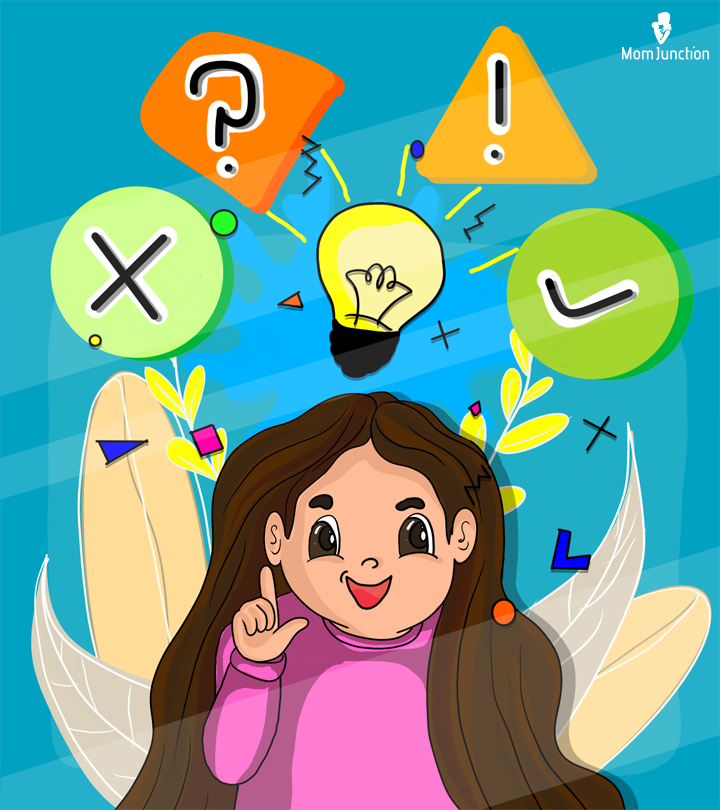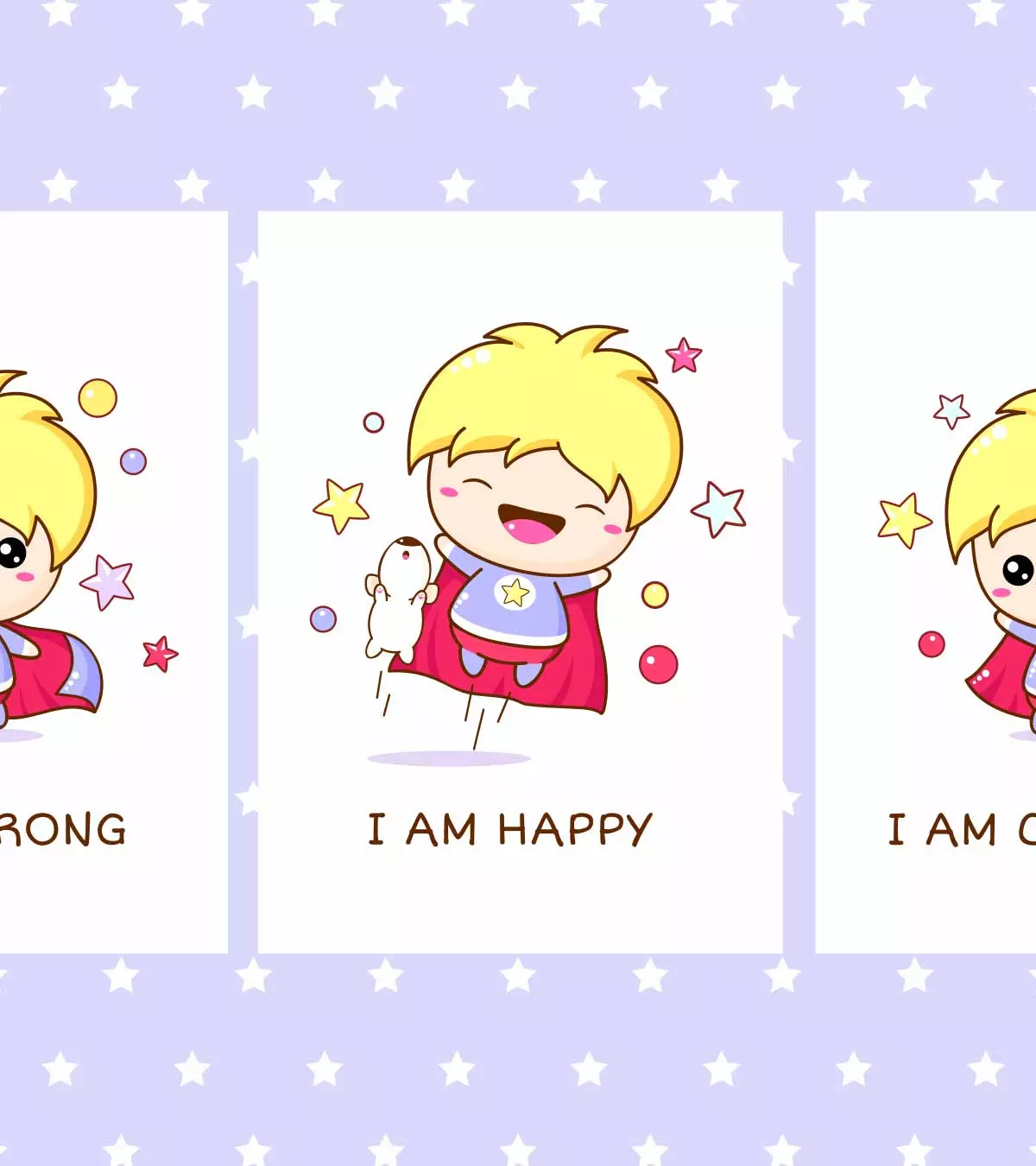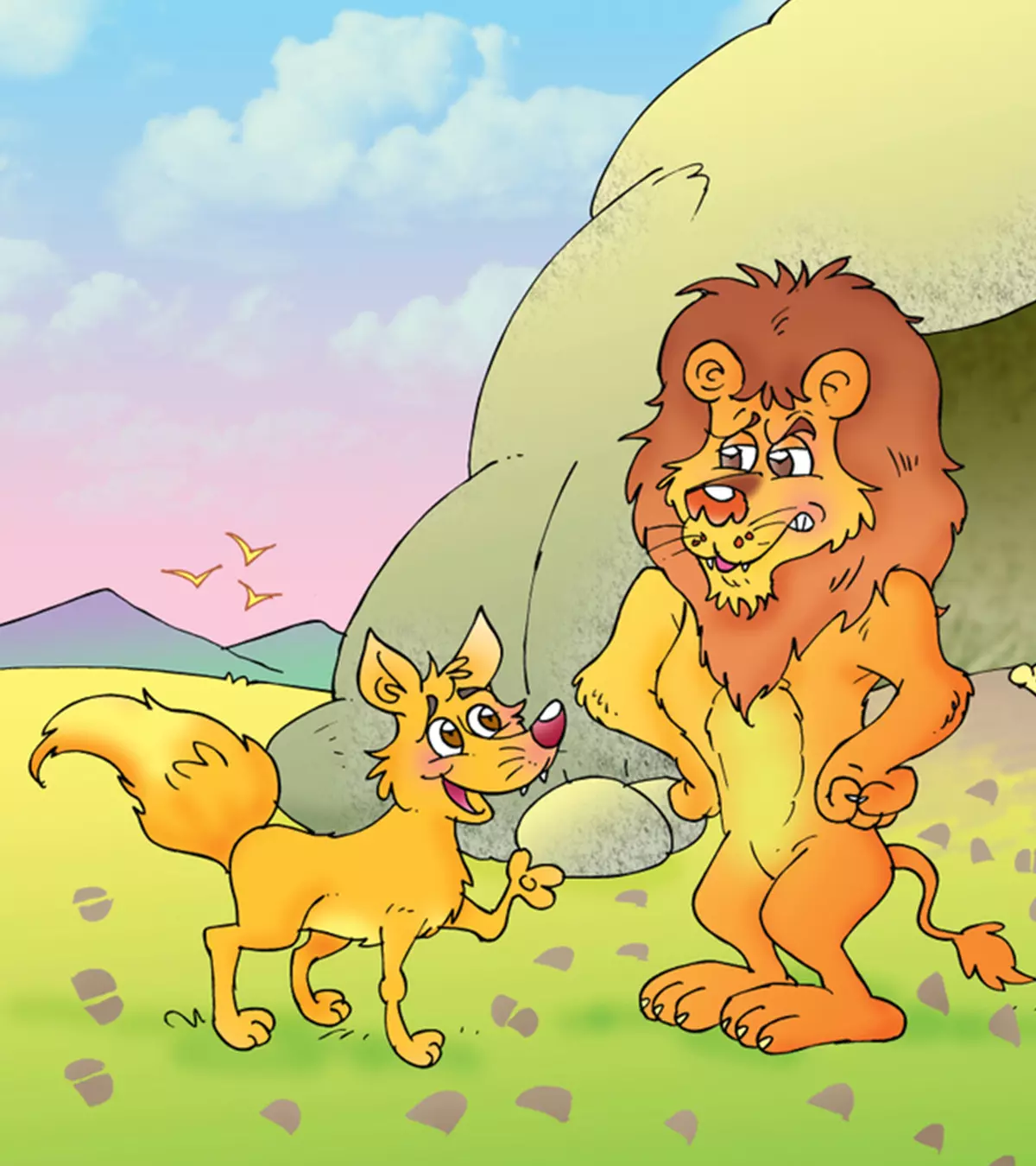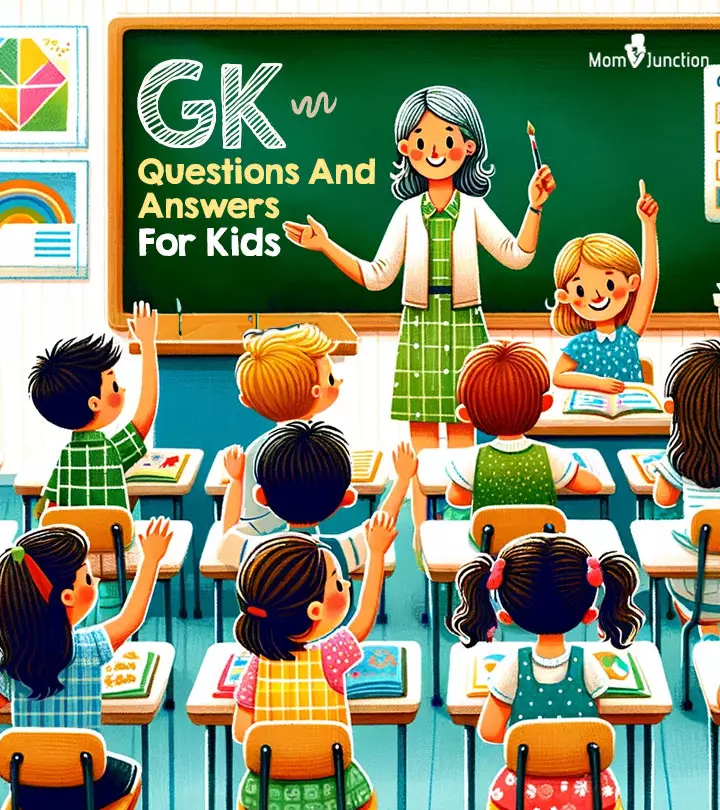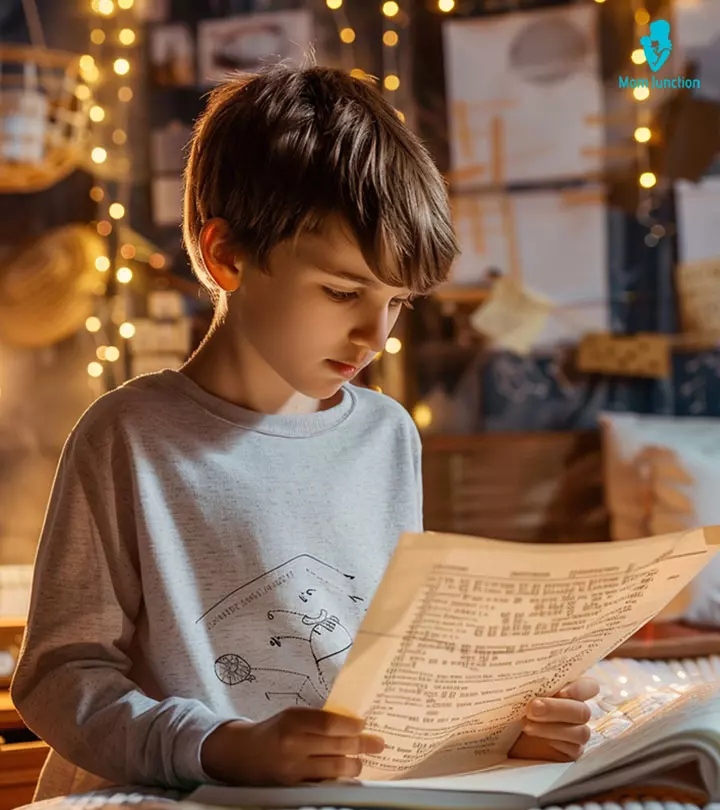
Image: Midjourney/ MomJunction Design Team
Secret codes for kids are fun forms of secret communication that children love to learn and practice. Communicating in codes makes them feel clever and gives them a sense of secrecy. Talking or writing codes can help boost kids’ problem-solving and abstract thinking skills. It can help sharpen communication skills which are helpful to enhance a child’s self-esteem and confidence. Since coding and decoding words involves brain work, learning secret codes can increase a child’s mental agility. Motivating children to indulge in activities that involve mind-bending tasks also helps them develop resilience and self-control. So, here we bring you an exhaustive list of secret codes that children can learn. Let’s begin with first understanding the history of cryptography.
Key Pointers
- Teaching codes and ciphers to kids is an interesting way to keep them engrossed and sharpen their analytical and thinking abilities.
- Codes deal with words and ciphers are cryptic messages hidden in the form of letters and numbers.
- Communicating through these will also help kids get out of potentially dangerous situations through alertness.
History Of Cryptography
Cryptography is the science of keeping information secret and safe by transforming it into a form that only the sender and intended recipient can understand. The secret may be in the form of anagrams, algorithms, or wordplay. The earliest examples of cryptography were found in the forms of scrolls in Egypt and dated back to around 1900 BC (1). Cryptography was also used by the AssyriansiMember of an ancient Mesopotamian civilization known for their empire-building and military power. , Chinese, and Greeks, and more extensively by different countries during the Second World War.
While some forms of cryptography were in the form of non-standard hieroglyphsiAncient Egyptian writing system using pictures and symbols. , others were a combination of images and writing. In 500-600 BC, HebrewiAn Semitic language spoken by the Israelites and still used in modern Jewish religious texts. scribes developed the reversed-alphabet substitution cipher called ATBASH. The Greeks invented the Polybius square, while in the later years, cryptography was extensively studied, and many forms of it were developed and used all over the world.
What Is The Difference Between A Code And A Cipher?
A code is associated with words, whereas a cipher is associated with individual letters or numbers.
For example, the sentence, “It is raining,” could be code for “I am sad” or “I need a hug.” Codes are used when the other party too is familiar with the terminology. You can assign any phrase or word as code for something else.
In the case of a cipher, the letters of a word are rearranged or substituted. Thus, you would be looking at a meaningless word that will get translated into something when you decode it. For example, ZMMQV can be translated to APPLE using the ATBASH cipher. Some ciphers use numbers or symbols for substitution.
Although they are different, the terms codes and ciphers are often used interchangeably. By encouraging children to explore both codes and ciphers you can spark a greater interest in subjects like math and language arts.
15 Secret Codes For Kids To Learn
Each of these codes provides fun ways for kids to challenge their minds and bond with friends and family. Learning these codes can be an exciting group activity that promotes teamwork and communication. Let’s explore some of the simplest and most enjoyable secret codes for kids!
1. Morse code

Morse code is a secret code in which a series of dots, dashes, and spaces represent the letters, numerals, and punctuation marks. Each letter and number has a unique combination of dots and dashes, and the message can be conveyed by tapping against a surface or using a flashlight. The duration of a dash is three times that of a dot.
You may download printouts from the Internet and make your child memorize the sequence for different letters and numbers and then send across hidden messages in a series of dots and dashes.
On Memorial Day, Andrew Prokop, the author of the blog Tao, Zen, and Tomorrow, remembers his father, who was in the armed forces. He credits his father for his career in communications. He says, “I give credit to my father for my career in communications. I learned Morse code at an early age and spent hours clicking away on Dad’s army surplus transmitters and receivers. Although it has all slipped away from me, I was once able to send and receive 13 words a minute. Trust me, that was an admirable speed and something most Ham operators were happy to achieve (i).”
 Did you know?
Did you know?2. Pigpen cipher

The pigpen cipher is a substitution cipher that is quite simple. In this cipher, each letter is paired with a geometric symbol. It consists of two types of grids, and a letter is written in each slot of the grid.
If you wish to convey a message, you have to substitute the letters for the shape of the grid where they are placed. You can use this cipher as a fun way to keep your children occupied.
 Trivia
Trivia3. International phonetic alphabet

The IPA (international phonetic alphabet), also known as the NATO phonetic alphabet, has been traditionally used to transmit messages over the radio. You might have come across this cipher in movies, where pilots in fighter planes or helicopters communicate with each other using the IPA.
Here, each letter is assigned a word. For example, A is Alpha, B is Bravo, C is Charlie, and so on. When your child wants to say a particular word, they will have to use the IPA, and you have to figure out what the word is. For example, for BAT, they will have to say Bravo Alpha Tango. You can create brainteasers or riddles and ask your child to decode them.
4. Tap code
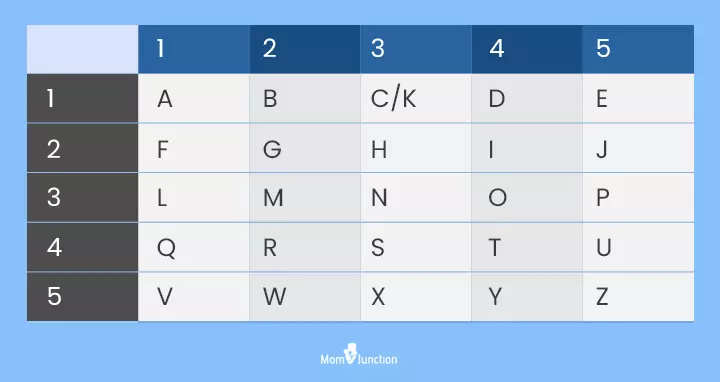
In this code, you pass a message by tapping on a surface. Each letter is assigned two numbers.
You need to pass on a message using the number of taps associated with each number. X is usually used to end a sentence and start a new one, and the letter K is equated to the letter C.
For instance, to specify the letter D, you need to tap once, pause, and then tap four times. So, If your message is “dog,” the cipher would be

This code was popular among prisoners to convey information to each other.
5. Scytale

Scytale was invented and used by the Greeks and SpartansiMember of an ancient Greek city-state known for their military prowess and discipline. for cryptography. In this cipher, a transposition cipher is used to convey information. All you need is a long and narrow strip of paper and a cylindrical object.
Roll the strip of paper over the cylinder (a pencil would do) so that the paper covers the entire length of the pencil without a gap. Write a regular message across it and then unwrap the paper. The message will appear to be garbled. When the other party rolls the strip over a pencil of the same diameter, they will be able to read the message. If your child enjoys playing word games, then try teaching them this game.
 Did you know?
Did you know?6. Grid code
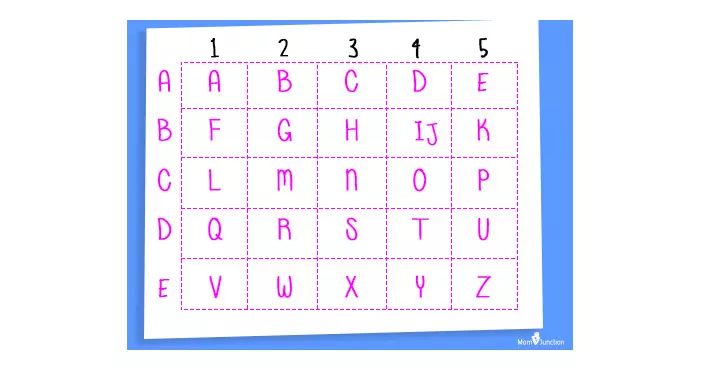
A grid code is one of the easiest codes you could teach your child. All you have to do is draw a 5×5 grid and write the letters A-E on the left-hand side of the table and the numbers 1-5 on the top of the table. Then, fill the grid with the letters of the alphabet. You can put the letters I and J in the same box.
Give your children a sentence to code and watch them find the coordinates and create a cipher all on their own.
For instance, if the word is “cake,” the code would be A3A1B5A5.
7. Numbers for letters
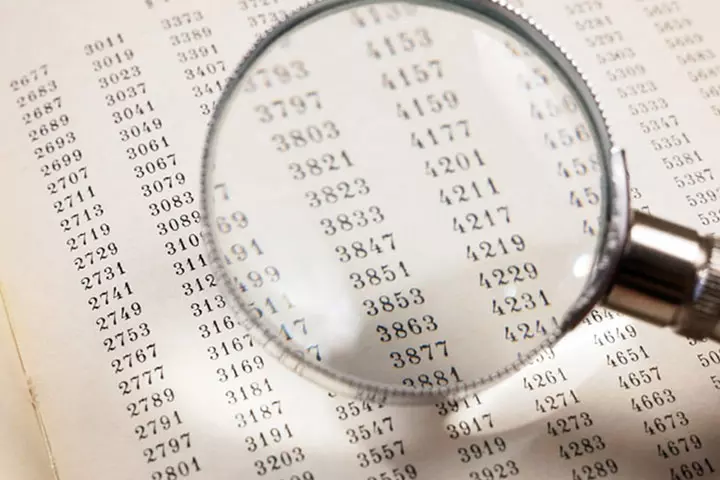
If you want something super simple for young children, the numbers-for-letters code is the best option you have. Instead of making them draw symbols and grids, ask them to substitute each letter with its corresponding number. For instance, A is 1, B is 2, and so on.
Make a small chart and write numbers in place of letters and let your children work out the corresponding letters and the word. Letter and number games like this game are challenging but also a lot of fun.
8. Atbash cipher
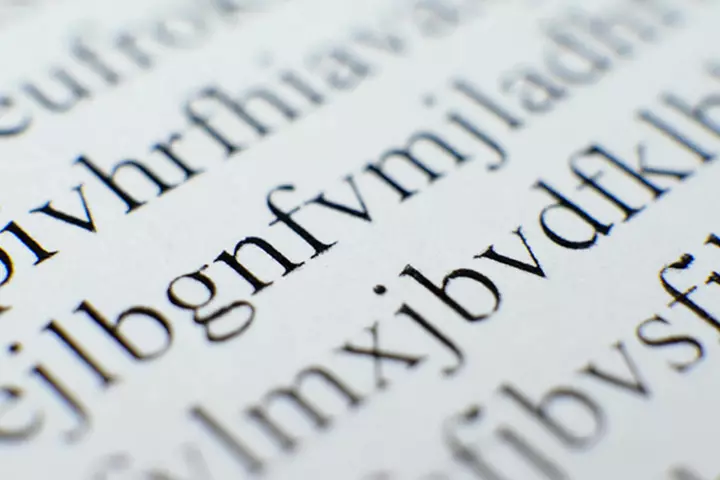
This cipher is done by simply substituting each letter by its corresponding letter from the other end. It was originally done in Hebrew but was later adapted into English. In this cipher, Z stands for A, Y stands for B, X stands for C, and so on. You can write the letters of the alphabet from left to right (as you usually do) and then write them from right to left so that each letter is beneath its corresponding letter from the other end.
This cipher is highly entertaining for children. Let them pass super-secret messages at the dining table using this code.
9. Half-reversed alphabet

If you are short of time (or paper), you can use this variation of the reversed alphabet. In this cipher, divide the letters of the alphabet into groups of 13 each. Each letter of the alphabet corresponds to the letter that is 13 places before or after it.
For example, A stands for N and N stands for A, B stands for O and O stands for B, and so on. Thus, APPLE will be NCCYR, and ZBBA will be MOON.
10. American Sign Language (ASL)

ASL is excellent for communicating secret messages from far away or through the glass. Teaching ASL to your child is similar to introducing a new spoken language to them. Once they learn the basics, they can communicate with gestures alone.
ASL also allows your child to communicate with people who have difficulty hearing and enables them to be more inclusive in the future. Besides, ASL communicators are also in high demand in the job market.
11. Key cipher

This is another simple but effective way to communicate secret codes. In this substitution cipher, you need to add a unique word or “key” to the beginning of the alphabet. Omit the letters occurring in the “key” from the alphabet.
For example, if you select the word “write” as the “key” add it before the alphabet as W R I T E A B C D F G H J K L M N O P Q S U V X Y Z. Notice how the letters in the word “write” do not reappear.
Now, W stands for A, R stands for B, I stands for C, and so on. Thus, if you want to write the word “Enjoy,” the cipher will be EKFLY.
12. Caesar shift cipher

The Caesar shift cipher is named after Julius Caesar, who invented and used this cipher extensively to encrypt messages. It is a relatively simple cipher in which all you need to know is the value of the rotation of the letters
In this cipher, each letter is shifted down by two to three positions. The shift is called rotation or ROT. For example, ROT2 means that C stands for A, D stands for B, E stands for C, and so on, while ROT3 means that D stands for A, E stands for B, F stands for C, and so on.
13. Book code

If you and your child have the same book, you can send codes that involve words in the book. Decide on a message and then look for the words in the book. Then, on a strip of paper, write the page number, line number, and word number as clues that your child needs to decipher.
This code requires much precision to decode, and both the books must be from the same publication and edition.
14. The reverse alphabet code

You can try this very easy code with younger children. Just write the words backward, and you are done. If your children haven’t figured the code out yet, it will take some time for them to solve.
For example, you can write “HAVE A GREAT DAY” as “YAD TAERG A EVAH.” You can even remove the spaces to up the challenge quotient. You can use these puzzles as passwords to your child’s favorite channel. They will be compelled to learn cryptology.
15. Skip a letter code

In this code, you have to skip every alternate letter to get to the message. This is a great way to pass messages between friends because those who do not know the cipher will not be able to decipher the message.
Choose a sentence you want to encrypt and divide each word into half. If a word has an odd number of letters, put the extra letter in the left half of the word. Write the first letter of the first group, followed by the first letter of the second group. Then, write the second letter of the first group and the second letter of the second group, and so on, until all the words are encrypted. For example, if your sentence is “SECRET CODES FOR KIDS,” it will be encrypted as “SREECT CEOSD FRO KDIS.”
Frequently Asked Questions
1. What are the risks associated with using secret codes with children?
Teaching your child to code has no immediate risk, except that if your child enjoys coding, they might spend too much time in front of the screen. However, demand for coding is only going to rise over the years, making it a valuable skill and one of the most effective educational activities for kids.
2. Which activities can be used to help children learn secret codes?
Children can learn secret codes through coding games such as Code Karts, Kodable, ScratchJr, or by playing treasure hunt games where they have to solve codes to get to the next clue. These games are ideal brain games for kids.
3. How can parents use secret codes to help their children stay safe online?
Parents can use secret codes as part of parental controls on websites to help keep their children safe online. By using a code to block certain sites, they can ensure their child is not accessing inappropriate content. The code can be common for most sites, with only the last few characters changed to the site name for easy recall.
4. What is the importance of teaching children about the history of secret codes?
Learning about the history of codes and how they evolved over time can help children understand their importance and applications. It also teaches them how these codes can be used and misused, providing a broader understanding of the subject.
Secret codes can comprise a series of dots and dashes, letter substitution, tap counts, or letters substituted with numbers. Teaching secret codes to kids is a great way to sharpen their minds. Explain the logic behind it and they may enjoy creating and solving cryptograms. If cryptography seems difficult, you can first introduce crossword puzzles to your kids or have them solve simple logic quizzes, mazes, or word jumbles.
Alternatively, you can also play the game of charades that can pique your child’s interest in decoding the meaning behind gestures. Most children are a storehouse of energy and curiosity, making them quick learners. Practicing these codes through fun challenges will give their brains a good workout and enhance their analytical skills. Start with simple ones and progress to complex ciphers and codes to raise the bar for these brain games. Further, encourage your child to create their own secret codes and have fun getting their friends to decode them.
Infographic: Ciphers And Secret Codes For Children
Do you want to introduce your child to the fascinating world of codes, secret languages, and modes of communication? If yes, check out the infographic below. We bring simple and intriguing secret codes and ciphers in this infographic to help your child learn and enhance their problem-solving skills.

Illustration: Momjunction Design Team
Illustration: Interesting Ciphers And Secret Codes For Kids To Learn

Image: Dall·E/MomJunction Design Team
Unlock the mystery of secret messages with this DIY Decoder! Discover the art of decoding and unveil your own messages in just a few simple steps.
Personal Experience: Source
MomJunction articles include first-hand experiences to provide you with better insights through real-life narratives. Here are the sources of personal accounts referenced in this article.
i. A Memorial Day remembrance: From Morse code to SIP.https://andrewjprokop.wordpress.com/2016/05/30/a-memorial-day-remembrance-from-morse-code-to-sip/
References
1. History of Encryption; SANS Institute
Community Experiences
Join the conversation and become a part of our nurturing community! Share your stories, experiences, and insights to connect with fellow parents.
Read full bio of Elisa Yi
Read full bio of Nisha Bharatan
Read full bio of Harshita Makvana
Read full bio of Trisha Chakraborty










